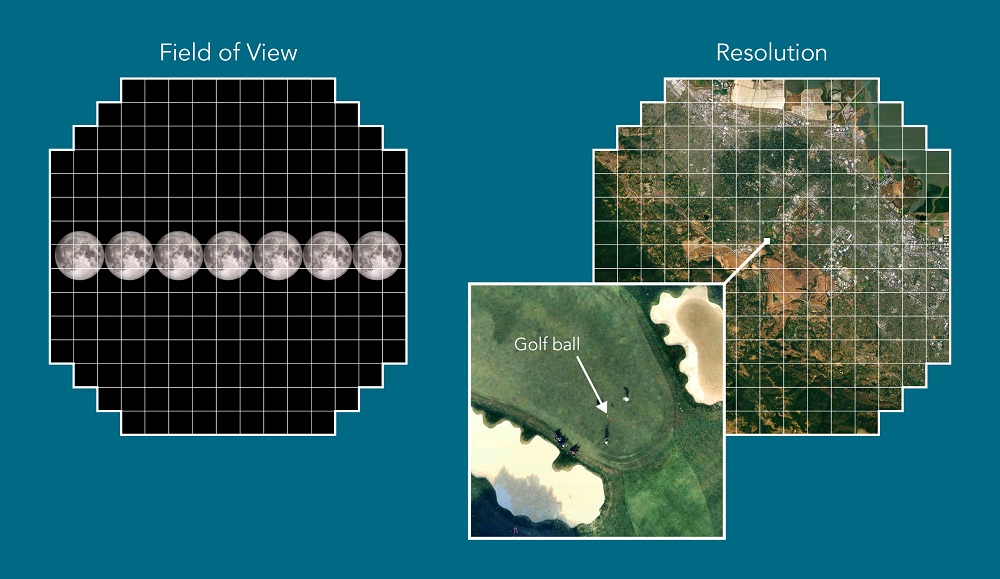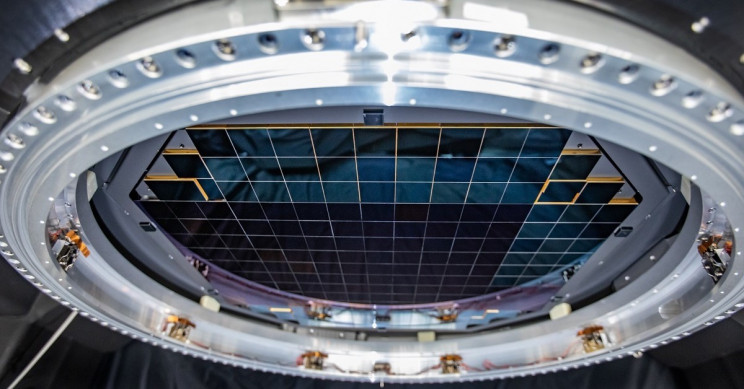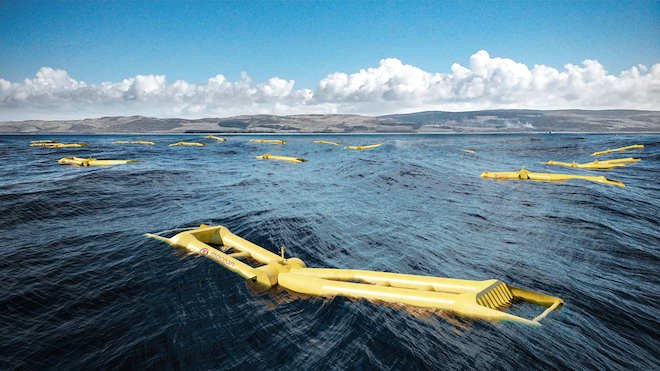Stanford researchers have successfully tested the world’s largest digital camera capable of taking gigantic 3,200-megapixel photos. The camera will be installed in the university’s Legacy Survey of Space and Time (LSST) telescope into the Vera Rubin Observatory (VRO) in Chile.
SLAC’s Steven Kahn, director of the observatory, said, “This achievement is among the most significant of the entire Rubin Observatory Project,” “The completion of the LSST Camera focal plane and its successful tests is a huge victory by the camera team that will enable Rubin Observatory to deliver next-generation astronomical science.”
This amazing camera is expected to probe the universe’s biggest mysteries
Researchers are working on this project at the US Department of Energy’s SLAC National Accelerator Laboratory since 2015. The plan is to gather the widest, fastest and deepest views of the night sky for a decade.
VRO director Steve Kahn said, “We’ll get very deep images of the whole sky. But almost more importantly, we’ll get a time sequence,” “We’ll see which stars have changed in brightness, and anything that has moved through the sky like asteroids and comets,”
The following are some of its features:
- It will study dark energy, and dark matter.
- It is going to create the “largest astronomical movie of all time.”
- Resolution is so high that you could see a golf ball from about 15 miles away.
- It’s made up of a 25 inch (64 cm)-wide focal plane and 189 individual sensors.
- For displaying these images in full-size and full resolution, it would take 378 4K ultra-high-definition TV screens.
- The camera will try to capture details of moving and flashing phenomenon to billions of stars and galaxies.
- The first images ever taken with the camera are of the broccoli plant. The images provided a record-breaking detail of the plant.

Image courtesy: SLAC National Accelerator Laboratory
JoAnne Hewett, SLAC’s chief research officer, said, “Nearing completion of the camera is very exciting, and we’re proud of playing such a central role in building this key component of Rubin Observatory,” “It’s a milestone that brings us a big step closer to exploring fundamental questions about the universe in ways we haven’t been able to before.”







